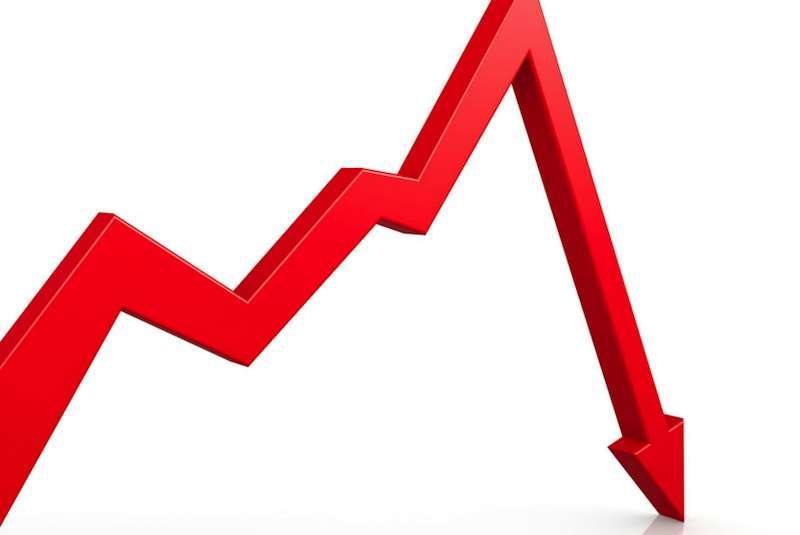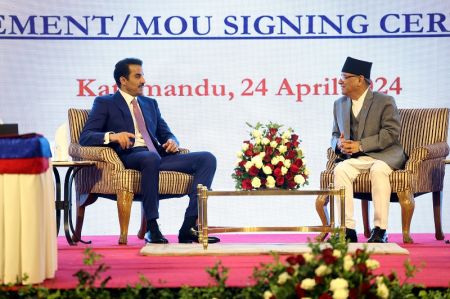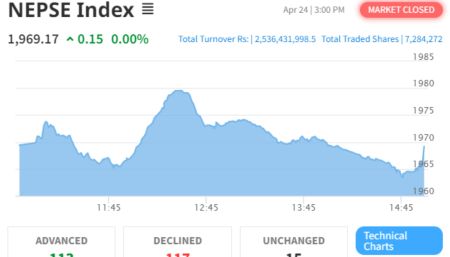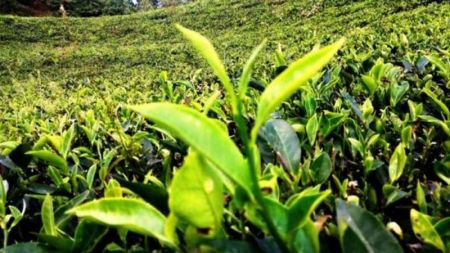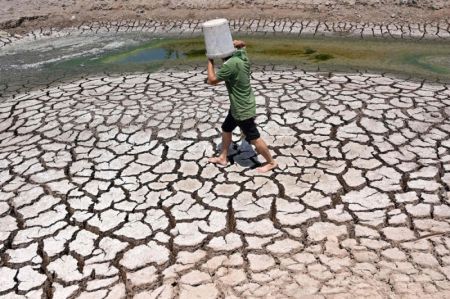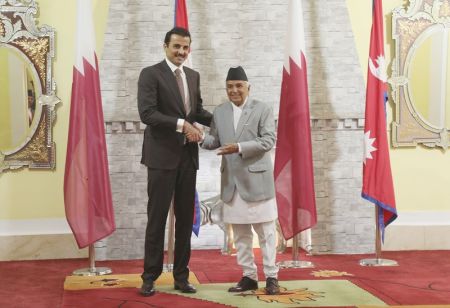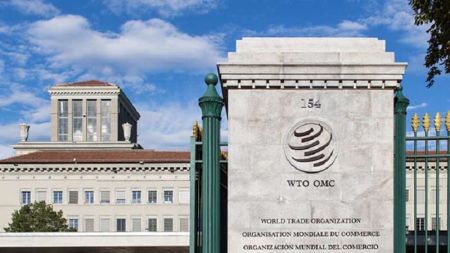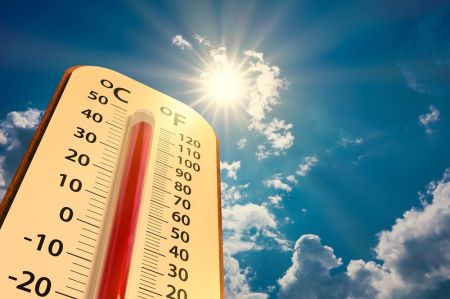Rupak D Sharma
March 31: If the latest World Bank forecasts are anything to go by, it will take years for Nepal's economy to rebound to the pre-pandemic levels, as tourism and industrial activities are unlikely to recover anytime soon.
Nepal's economy grew at an average of 7.75 percent per annum in the three-year period from 2016-17 and 2018-19. In each of these years, the economy expanded by more than six percent -- 8.98 percent in 2016-17, 7.62 percent in 2017-18 and 6.66 percent in 2018-19. This was the first time Nepal's economic growth rate had remained above six percent for three consecutive years. Then the Covid-19 pandemic hit the country sending the economy into a tailspin. This caused the economy to shrink by 1.88 percent in the last fiscal year.
Economic activities gradually started to gather pace after the second half of the current fiscal year as Covid-19 related disruptions started fading, leading to gradual resumption in industrial activities. Lately, incipient signs of recovery are also being seen in wholesale and retail trade, transport, and financial services, as lockdowns have been lifted. Yet growth rate is projected to stand at 2.7 percent in the current fiscal year, according to the World Bank. This growth rate is higher than the bank's previous estimate of 0.6 percent, but way below the government's target of seven percent.
"Since Nepal's economy [virtually] did not grow in two years, per capita income is going to get hit," Hans Timmer, World Bank chief economist for the South Asia region, told a virtual press meet.
There is more bad news for Nepal. The growth is unlikely to accelerate in the next fiscal year as well. Nepal's growth, despite a low base, is expected to hover around 3.9 percent in 2021-22, according to World Bank projections. The growth rate is expected to rise to 5.1 percent in 2022-23. But again this growth rate is way below the pre-pandemic levels.
Nepal's economic growth is likely to remain tepid in the coming years due to slow recovery in tourism and industrial sectors. Tourism is expected to fully recover only in 2022-23, while industrial activities are likely to remain below pre-pandemic levels until early 2022-23, according to the World Bank's latest South Asia Economic Focus, an annual report. Agriculture will remain a strong growth driver, thanks to favourable monsoons and continued government investments in irrigation and commercialisation. But there is a risk that the current political uncertainty, if prolonged, may undermine investment sentiment, says the report titled, 'South Asia Vaccinates'. This warning comes at a time when investment is expected to grow by 12.7 percent in South Asia in the current fiscal year. Low investment may further hamper Nepal's growth prospects at a time when closure of enterprises has culled large number of jobs. To ensure the recovery is sustained and resilient, policy priorities will need to include: strengthening health systems, supporting agriculture production, and a focus on green, resilient, and inclusive development, says the World Bank report.
Much of the projections made by the World Bank on the economy are contingent on effective vaccination campaigns in Nepal and abroad. Delays in vaccination or new outbreaks of Covid-19 both domestically and globally would dampen prospects of economic recovery and hit the tourism sector. The World Bank has, thus, called on the government to spend money on vaccination. Ending the pandemic a half to one-and-a-half years earlier and spurring an earlier economic recovery would prevent output loss in the range of 4.9 percent to 14.6 percent in Nepal, says the report. But vaccinating at least 70 percent of the population is easier said than done as Nepal is likely to face shortage of vaccines in the coming days due to global scarcity, albeit the country was one of the first recipients of the jabs in the world, thanks to support extended by India.
Nepal cannot afford another lockdown or severe restriction in movements as significant jobs and income losses triggered by the pandemic have already increased vulnerability. At least 1.2 million people are estimated to have fallen into the trap of poverty and 1.6 million are expected to have lost their jobs because of the lockdown clamped to contain the spread of Covid-19.
The lockdown is also expected to have worsened the problem of food insecurity in 18 percent of households in Nepal, while income losses instigated by the lockdown are expected to have increased the school dropout rate. A typical student can expect to lose as much as US$445 (2017 PPP) annually as a result of lost schooling and learning opportunities, according to the World Bank.
Prior to the pandemic, Nepal's social sector, which includes education and health, had performed well because of remittances flowing into the country. "But going forward remittance is going to be a point of concern as there has been a reduction in migration," said Timmer. Number of people leaving the country for employment purpose had started taking a dip in the pre-pandemic period, as there were more opportunities in the country and the government had started negotiating with labour destinations, such as Malaysia, for better social security of its workers, which had reduced the charm for Nepali labourers.
Lately, countries like Saudi Arabia and others in the Gulf, which absorb a bulk of Nepali labourers, have introduced policies that favour the employment of native-born workers, which might reduce job opportunities for Nepalis. There is also the danger that some migrants who were repatriated when host country activities were shut down may not be able to get their original jobs back. What's more, many of the economies in the Gulf are shifting out of oil production and the decline of migrant demand due to Covid-19 may have accelerated that process.
If remittance inflow shrinks, Nepal's current account deficit will widen, exerting pressure on foreign exchange reserves. Already, Nepal's current account – largely the difference between income generated from exports and imports of goods and services – is in a deficit as imports are gradually growing with the resumption in economic activities. Nepal's current account deficit is expected to further widen over the medium term, according to the World Bank, as import growth is expected to accelerate due to growth in consumption, while service exports, mainly tourism, are expected to remain subdued until 2021-22. By 2021-22, the current account deficit is projected to reach 3.2 percent of GDP, financed primarily by long-term concessional borrowing.
The fiscal deficit is also projected to remain elevated over the medium term. While revenue performance is expected to remain weak, additional spending on economic relief measures, vaccinations, and the resumption of project implementation will widen the fiscal deficit to just under eight percent of GDP in 2021-22, says the World Bank report.
"Thereafter it is projected to stabilise at 6.5 percent of GDP in 2022-23 as revenues recover. Total public debt is expected to reach 41.9 percent of GDP in 2020-21 and gradually increase to 51.3 percent by 2022-23," adds the report.


